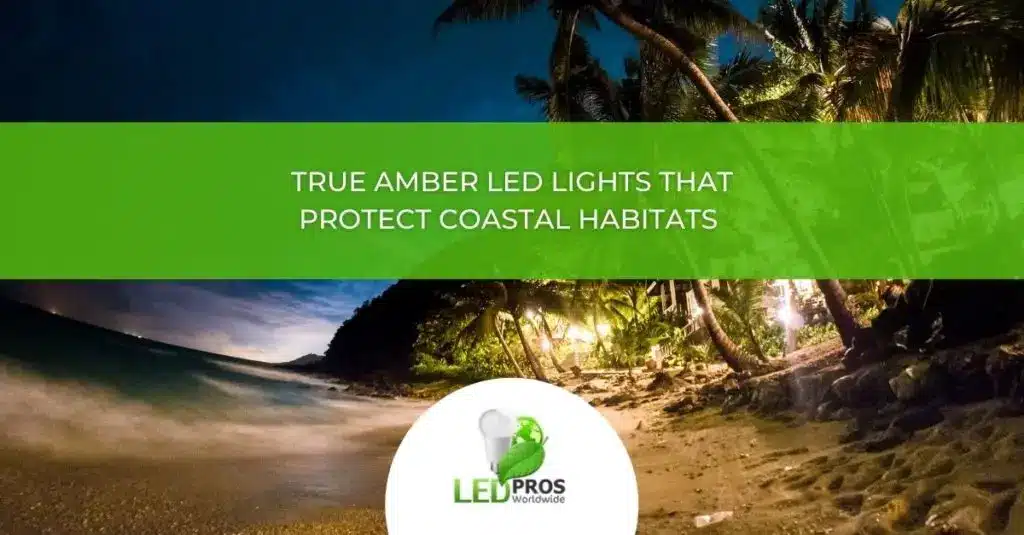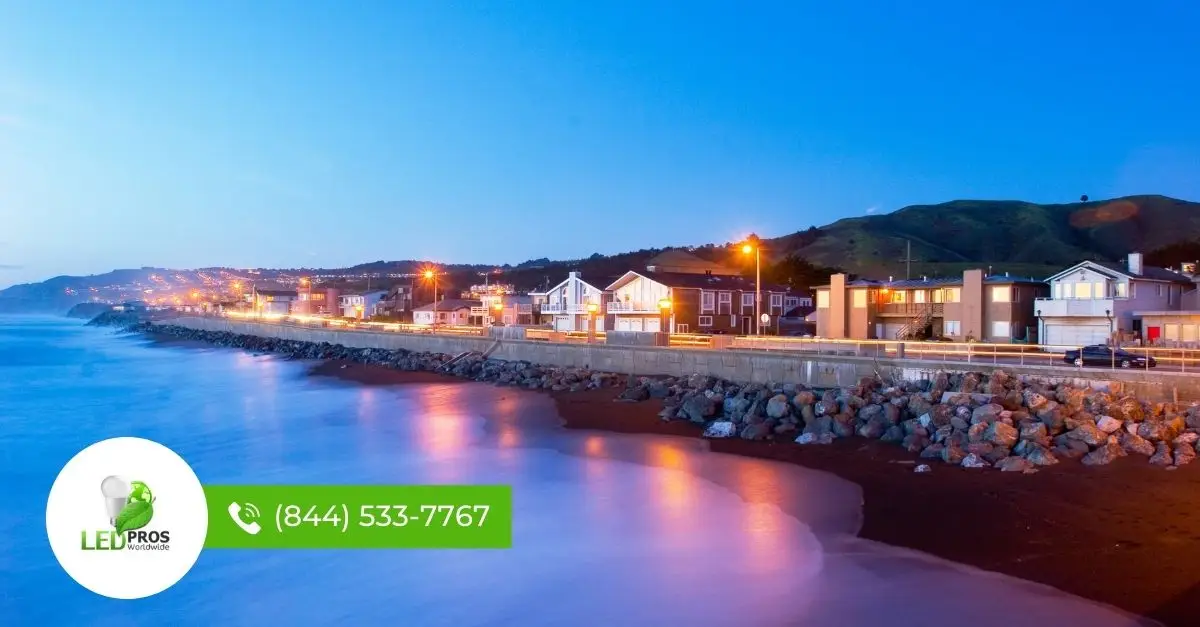As human populations continue to grow and develop along coastal regions, the delicate balance between modern conveniences and wildlife conservation becomes increasingly important. One critical aspect of this balance is the use of artificial lighting near beaches, which can have a profound impact on the behavior and survival of sea turtles. Fortunately, the emergence of turtle-friendly amber lights offers a solution that allows for human safety and comfort while minimizing the disruption to these fascinating marine creatures.
The Plight of Sea Turtles
Sea turtles have roamed the Earth’s oceans for millions of years, playing a vital role in maintaining healthy marine ecosystems. However, in recent decades, these ancient reptiles have faced numerous threats, including habitat loss, pollution, and the effects of artificial light at night (ALAN).
Female sea turtles instinctively return to the beaches where they were born to lay their eggs. They rely on the moon’s natural light to guide them to suitable nesting sites. However, the proliferation of artificial outdoor lighting along coastlines can disorient nesting females, causing them to abandon their nesting attempts or lay their eggs in suboptimal locations.
The Power of Amber LED Lights
To address this issue, conservationists and lighting experts have turned to amber LED lights as a turtle-friendly alternative. These specialized lights emit wavelengths greater than 560 nanometers, which fall within the orange and red portions of the visible light spectrum. Sea turtles are less sensitive to these longer wavelengths, making amber LED lights far less disruptive to their natural behaviors.
Benefits of Turtle-Friendly Amber Lighting
1. Reduced disorientation: Amber LED lights minimize the confusion experienced by nesting females and hatchlings, allowing them to navigate more effectively between the beach and the ocean.
2. Enhanced energy efficiency: LED technology consumes significantly less energy compared to traditional lighting options, resulting in lower operating costs and a reduced environmental footprint.
3. Increased safety: Amber LED lights provide sufficient illumination for human safety without compromising the well-being of sea turtles and other coastal wildlife.
4. Longer lifespan: LED lights have a much longer lifespan than conventional bulbs, reducing maintenance requirements and waste.
 |
Implementing Turtle-Friendly Lighting Solutions
Many coastal communities have adopted turtle-friendly lighting ordinances to protect sea turtle populations. These regulations often specify the use of amber LED lights and provide guidelines for proper installation and shielding to minimize light pollution.
When selecting turtle-friendly amber lighting, it’s essential to choose products that meet the criteria established by wildlife conservation organizations. Look for lights that produce monochromatic amber light without any blue content, as blue light can be particularly disruptive to sea turtles. Learn about A Beacon of Hope: Navigating the Waters of Sea Turtle-Friendly Lighting here.
FAQs
1. What are turtle-friendly lights?
Turtle-friendly lights are specially designed lighting solutions that emit longer wavelengths of light, typically in the amber or red portions of the visible spectrum. These lights are less disruptive to sea turtles and other coastal wildlife.
2. Why are amber LED lights better for sea turtles?
Amber LED lights emit wavelengths that are less visible to sea turtles, reducing the likelihood of disorientation and disruption to their natural behaviors. This allows nesting females to find suitable nesting sites and helps hatchlings navigate more effectively to the ocean.
3. What is the sea turtle lighting ordinance?
The sea turtle lighting ordinance is a set of regulations adopted by many coastal communities to protect sea turtle populations. These ordinances typically require the use of turtle-friendly lighting solutions, such as amber LED lights, and provide guidelines for proper installation and shielding to minimize light pollution.
 |
What Color Light Can Sea Turtles Not See?
The Unique Visual Capabilities of Sea Turtles
When it comes to understanding the visual capabilities of sea turtles, it’s essential to recognize that their perception of light differs from that of humans. While we have three types of cone cells in our eyes, allowing us to see a wide range of colors, sea turtles have only two types of cone cells. This unique arrangement of photoreceptors in their eyes affects their ability to distinguish certain colors.
Sea Turtles’ Sensitivity to Light Wavelengths
Research has shown that sea turtles are most sensitive to shorter wavelengths of light, which correspond to the blue and green portions of the visible spectrum. In contrast, they are less sensitive to longer wavelengths, such as those found in the orange and red regions of the spectrum. This reduced sensitivity to longer wavelengths means that sea turtles have difficulty perceiving colors like red and amber.
Implications for Coastal Lighting Management
The inability of sea turtles to see red and amber light has significant implications for coastal lighting management. By utilizing turtle-friendly amber lighting, which emits wavelengths greater than 560 nanometers, we can create a lighting environment that is less disruptive to sea turtles’ natural behaviors. These longer wavelengths are far less likely to disorient nesting females or hatchlings, allowing them to navigate more effectively between the beach and the ocean.
Sea Turtles’ Visual Adaptations
It’s important to note that while sea turtles may not perceive red and amber light as well as other colors, this doesn’t mean they are entirely colorblind. Their visual system is well-adapted to the underwater environment, allowing them to detect movement, contrast, and patterns that are essential for their survival. By understanding the unique visual capabilities of sea turtles and implementing turtle-friendly lighting solutions, we can help protect these magnificent creatures and the delicate coastal habitats they depend on.
In Essence
The adoption of turtle-friendly amber lighting along coastal regions is a critical step in protecting sea turtle populations and preserving the delicate balance of marine ecosystems. By embracing these innovative lighting solutions, we can ensure that future generations will have the opportunity to witness the awe-inspiring sight of sea turtles nesting on our beaches. As responsible stewards of the environment, it is our duty to prioritize the well-being of these magnificent creatures while still maintaining the safety and comfort of our coastal communities.
[gravityform id=”1″ title=”true” description=”true”]
